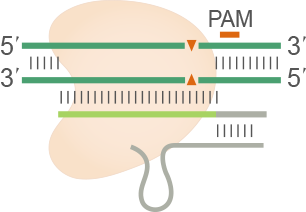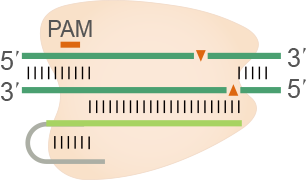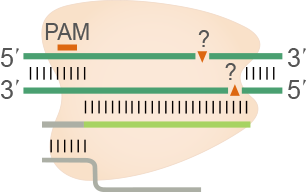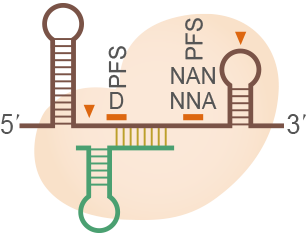CRISPR Gene Editing
- G+FLAS
- Genome Editing
- CRISPR Gene Editing
CRISPR gene editing technology is a power tool for editing genomes, which originated from an antiviral defense system of bacteria. CRISPR stands for “clusters of regularly interspaced short palindromic repeats.” CRISPR gene editing technology uses RNA-guided endonucleases to precisely locate and cut target nucleic acid sequences. The RNA-endonuclease complex consists of CRISPR-associated protein, Cas, that binds and cleaves nucleic acids, and a strand of RNA that guides Cas to the exact location in genome.





